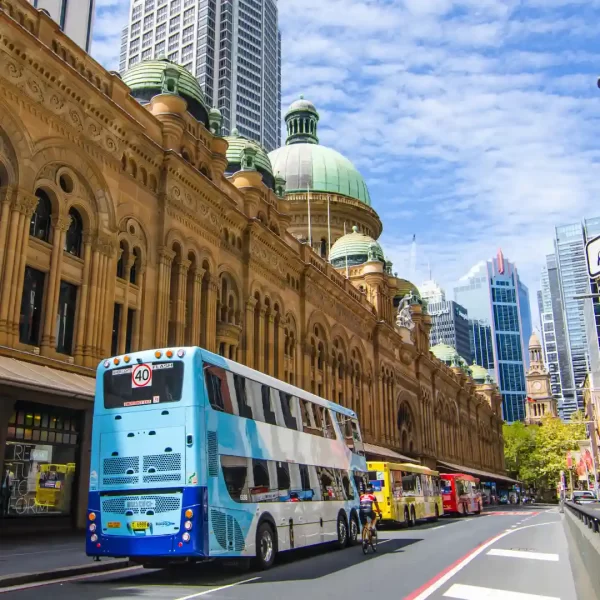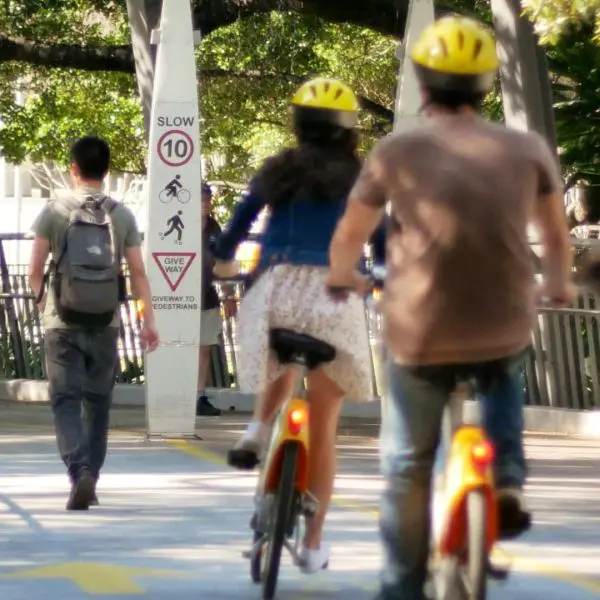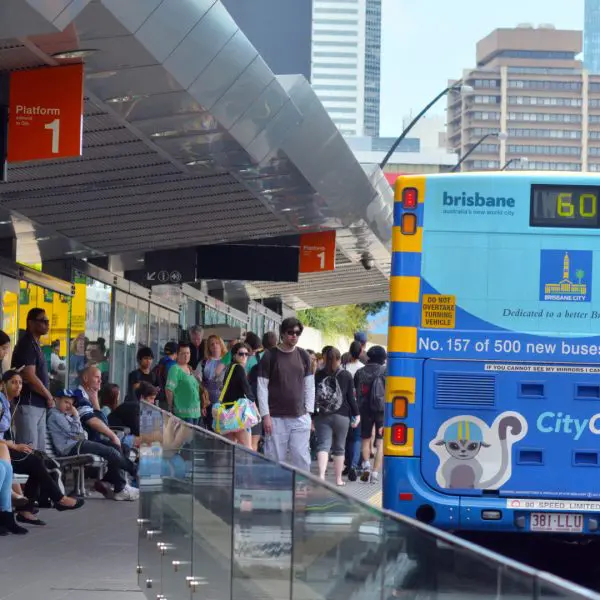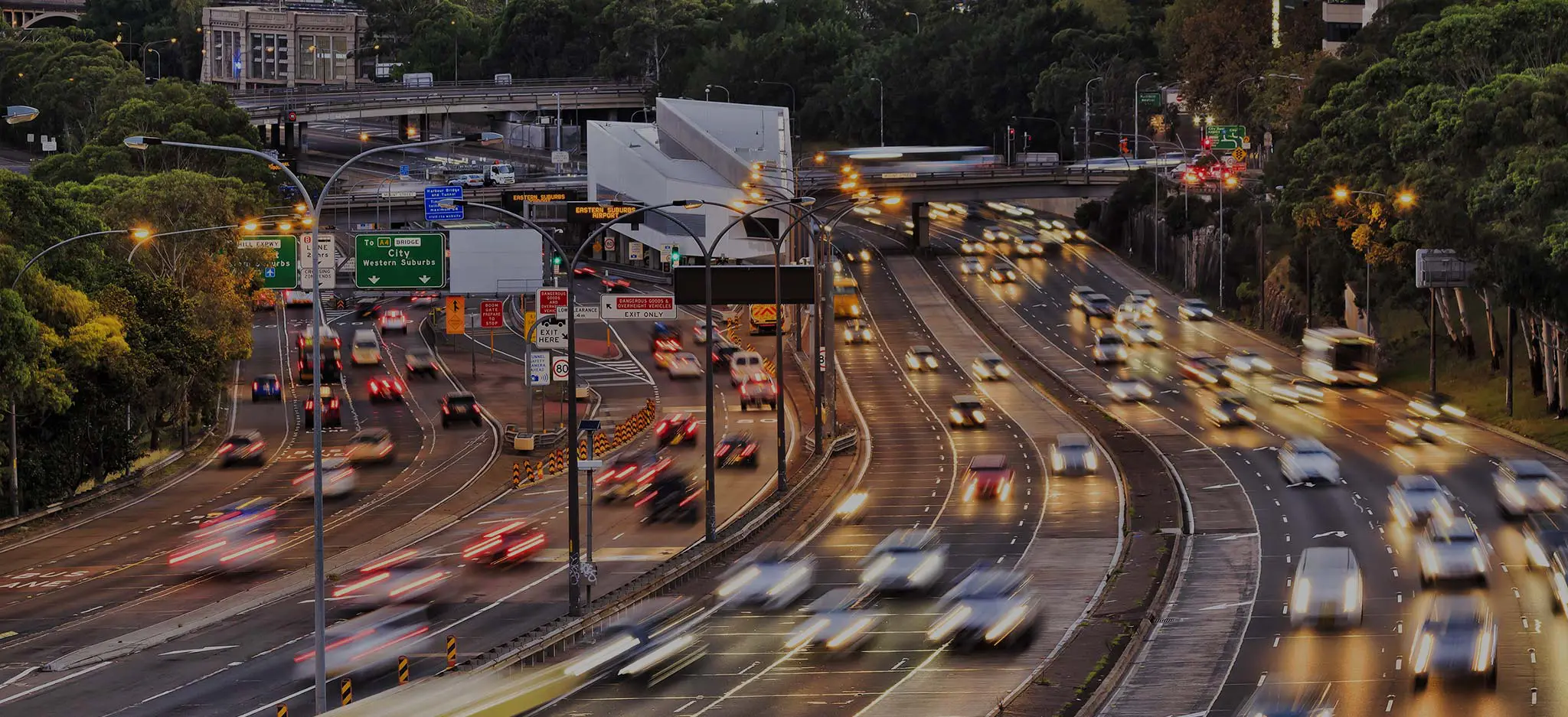
How do you forecast travel in a post-COVID world?
24 July 2023
Written by
The mode, timing and frequency of travel has drastically changed since COVID-19 took hold in early 2020. What does this mean for the development and validation of transport forecasting models?
Do you actually want your base model to reflect the recent past?
COVID-19 initially deeply affected how we live and move – from enforced lockdowns to work-from-home (WFH) mandates and beyond. In subsequent years, some effects have retreated while others have lingered. This mix of transitory and persistent changes means that how we behave today is different to pre-COVID and – importantly to transport modellers – how we behave in the future is potentially still in flux.
Transport models use base year behaviours as a cornerstone for estimating future year travel patterns. These human behaviours or preferences are generally considered stable through time (though the evolving number of people and transport network performance drive different choices across time). However, the variability and future uncertainty of these preferences raises real challenges to the status quo of building a behavioural model from the recent past.
| 2019 patterns | 2020-2022 patterns | 2023 patterns |
|---|---|---|
|
|
|
Table 1 – It’s easy to see how travel behaviours have changed over the past 4 years and how this creates uncertainty for the future.
In more normal times, modellers would seek to update their base models to the latest Census data among other things. However, if 2021 data was directly used to build a base model, the new model would be useless for forecasting travel in a post-COVID world. With such a model we might predict, for example, that in 2041 residents of Sydney and Melbourne would stay at home a lot and the trains and roads would be largely empty!
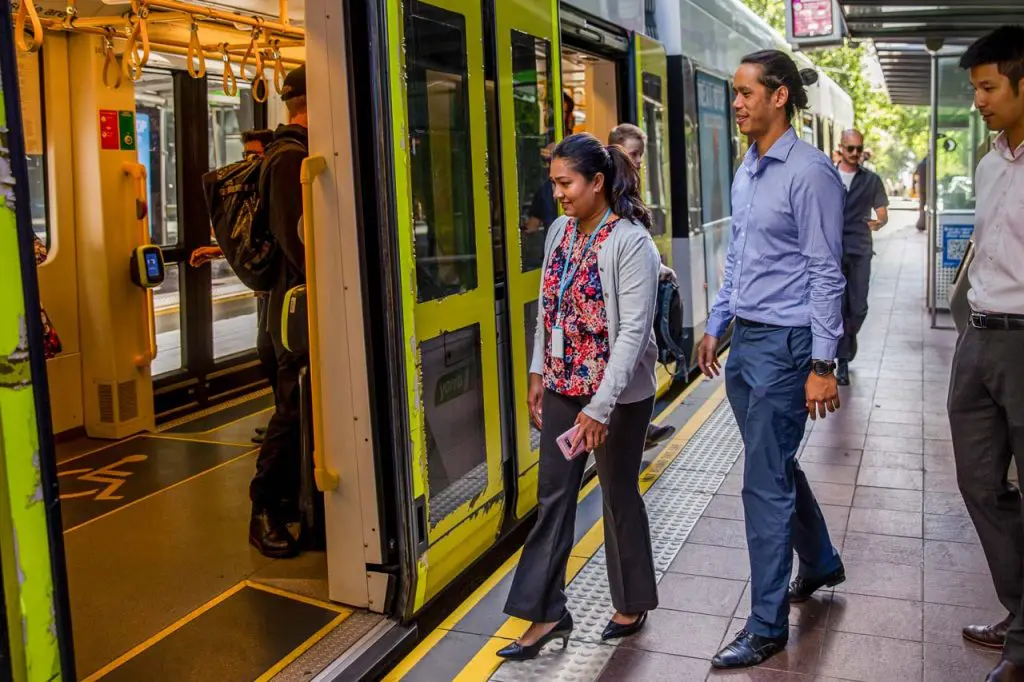
So, what behaviours do we want in our models?
The most durable COVID-related change is remote and hybrid working. Working remotely was also the biggest deviation from our day-to-day travel behaviours when COVID-19 lockdowns were first initiated but, while other behaviours have subsided or are still in flux, hybrid working has been adopted by a significant proportion of employers, particularly in white-collar CBD-based industries.
Some other travel behaviour changes, such as taking more local trips around home, are knock-on effects of increased working from home. These types of trips might be expected to persist, in proportion to the remote working levels. Additionally, an increase in online shopping, both in and out of lockdowns, has meant an increase in small parcel delivery (serviced by Light Commercial Vehicles) and a consequent change in our in-person shopping patterns.
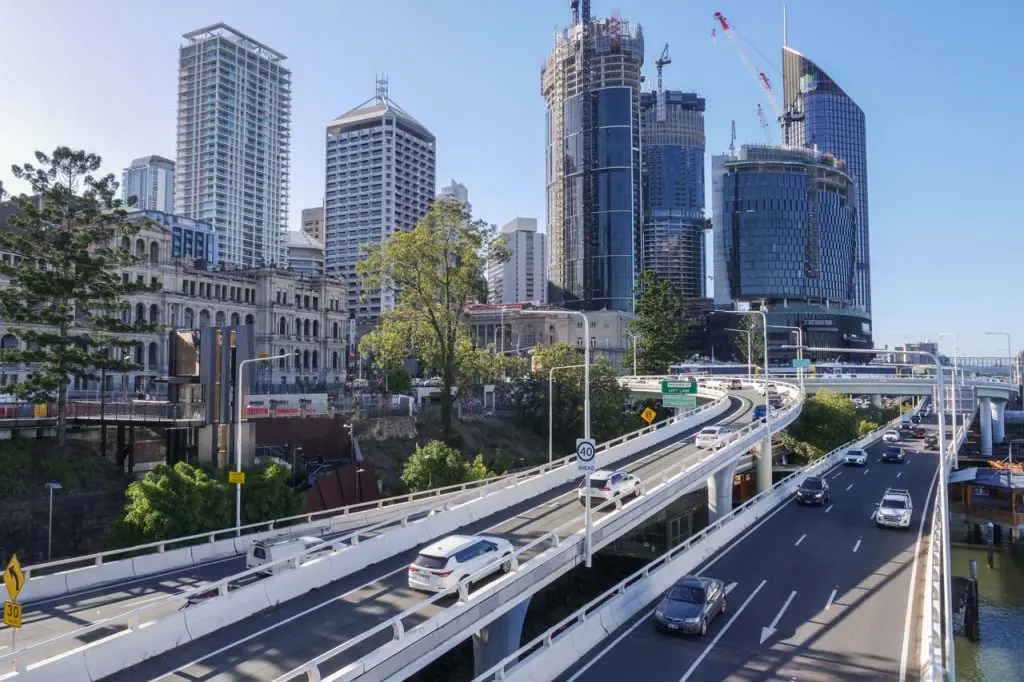
Other travel patterns that have shifted include air travel – which is expected to return to ‘business as usual’ – and use of public and active transport. In the case of the latter, there is less certainty around how much of the increased uptake is an underlying behavioural change rather than driven by a recent acceleration of investment in walking and cycling infrastructure in some locations.
How do you develop and validate base models now?
With background conditions and network observations for 2021 being so heavily affected by short-lived COVID effects, developing and validating a sensible 2021 base transport model is challenging.
So, with these challenges in mind: do we wait for the next Census year (2026) or find a new philosophy for determining base years and our validation strategy? While the answer to this question is not clear-cut, there are options that can be appropriate to different circumstances.
- Not re-basing the model – appropriate if the expectation is that medium- and long-term behaviours will broadly return to pre-COVID
- Re-basing the model to 2022 or 2023 – appropriate if there is strong evidence that most behaviours have returned to pre-COVID (e.g. public transport patronage has largely rebounded)
- Enhance models by adding in new ‘levers’ – appropriate where COVID impacts linger and there is uncertainty around future behaviours. Includes more subjectivity in model creation but allows behaviour change scenarios to be tackled head-on
- Activity Based Models (ABM) – A more rigorous approach to explaining and predicting travel behaviours but is far more intensive to develop.
Whichever option we choose, validation requires more reasoned assumptions rather than a slavish focus on how well a model matches with recent observations.
If we cling to simple approaches that worked in a less complicated era, we will end up with a model that is not useful in forecasting.
Instead, if we can take a point of view on the nature of persistent behaviour changes – and include flexibility in the model to test these – then we will have a model that is useful to tackle the many non-pandemic problems on our plates!

